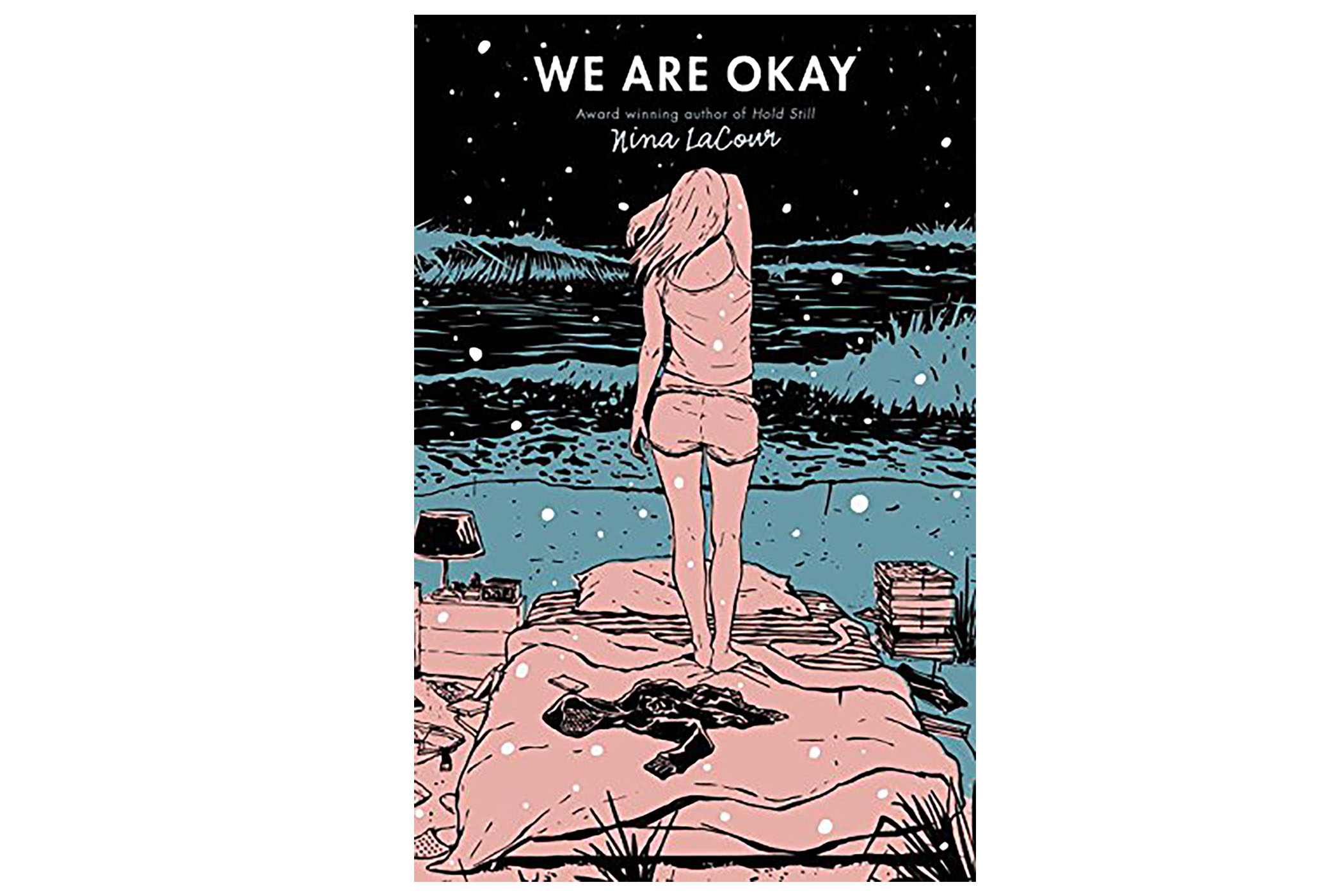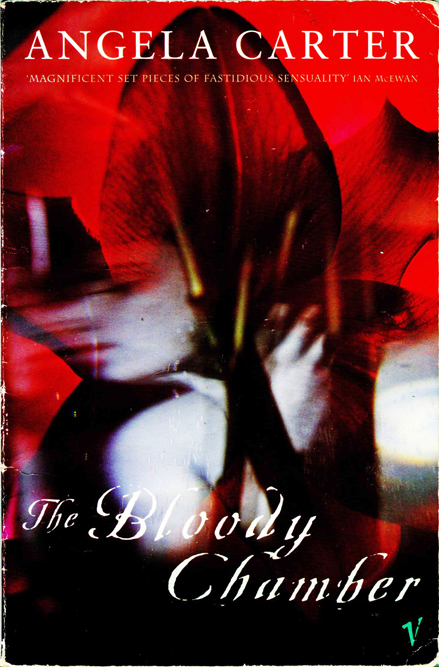Kurt Cobain’s life continues to influence the world today, twenty years after his tragic death. Nirvana’s impact alone is implied by its recent induction into the Rock and Roll Hall of Fame.
Award-winning author and journalist Charles Cross unravels Cobain’s timeless impression on culture in his new book, Here We Are Now. Readers will have a chance to discuss the book with Cross at Powell’s City of Books on Monday, April 28. He promises “it won’t be dull.”
Here We Are Now is an editorialized piece, Nirvana’s multifaceted influence in Cross’ own words, opposed to the biographical narrative of his other books.
“I tacked five different arenas where I think Kurt’s influence can be measured. Music of course is by far the most important and widest influence,” Cross stated in an email. “The weirdest element of Kurt’s impact is how widespread and still pervasive his influence is on fashion. I can’t imagine what Kurt would have made if today he’d be alive and could walk into Target and see ripped up jeans being sold as stylish.”
The book covers Cobain’s effect on “music, fashion, suicide study, addiction and recovery; and finally how Seattle and Aberdeen are perceived,” according to Cross.
Cobain allegedly once said, “Rap music is the only vital form of music introduced since punk rock,” in a 1991 interview, according to Spin Magazine. Cross explores Cobain’s effect on hip-hop and other subcultures in his book.
“Few figures in modern music history have had as big an impact as Kurt did, and I can hear the influence of Nirvana all over radio still today,” Cross said. “But what I found particularly interesting was trying to measure aspects of his impact on particular corners of culture—like hip-hop and fashion—that weren’t as obvious.”
Cross studied Cobain’s life and personal journals, and has conducted extensive research for his biographies, Heavier Than Heaven and Cobain Unseen. In Cobain’s journals, he discovered Cobain’s sincere desire to end his drug addiction.
“The journals were truly amazing. On them Kurt had painted, drawn, and poured out his life story. It was a biographer’s dream but reading his pain, his hurt, his internal struggle was very difficult. There was blood on some pages, and other dark stains, perhaps drug residue. His hairs were scattered in them. Reading his pleas to god, ‘God please help me with this addiction,’ was so moving,” Cross said.
“From the outside I didn’t understand how horrid his drug addiction was, how unglamorous, how much he was a slave to it, and how much he wanted to be free of it. Holding in my hand a sheet with his handwriting on it that read ‘please, please God, please let me kick this’ was moving beyond description, but also tremendously sad.”
Cross mentioned in previous interviews that there was likely a link between Cobain’s immobilizing stomach pain and his psychological issues.
“I think Kurt moved around so much, and seemed to never really get the proper help. As for the why the connection is ignored, people see Heroin [sic] and they think that’s where the story starts and ends. But heroin is only the end; there’s always another start,” Cross said. “I of course can’t for sure say why Kurt did drugs, but in his own journals, if those can be trusted, he said it was the stomach pain. Having dealt with a small amount of chronic pain in my own life, I get that, even if I wish he had made another choice, and ultimately heroin causes more gastrointestinal problems than it helps.”
In Cobain Unseen, Cross uncovered Cobain’s passion for producing art installations, some of which were used in the album photos for In Utero. Cobain was also a painter through his life, starting with his childhood but not ending there. Cross thinks Cobain would have continued to nourish this unpublicized talent, if Cobain was alive today.
“I think he would be painting. As to why it wasn’t known as much, serious fans knew about it because of the album art. But there are also some incredible paintings that I couldn’t get permission to reproduce in Cobain Unseen. One day I hope they were be shown; there’s been talk,” Cross said. “There’s also a documentary in the works on Kurt that might end up showing some of that.”
Josh Jensen, a Portland State student for two years, majoring in geography, said he isn’t a huge Nirvana fan but he recognizes the impact their music has on pop culture. Being a fan of hardcore and punk, Jensen prefers the album Bleach.
“They kind of changed what was going on with pop music at the time,” Jensen said. “The video that they had on MTV, [“Smells Like Teen Spirit”] before that time, people were listening to more hair metal and there was a big R&B influence on music,” Jensen said. “That video kind of changed what people thought about music.”
Cross will discuss his book Here We Are Now at Powell’s City of Books downtown (1005 W. Burnside St.) on Monday, April 28 at 7:30 p.m. This event free to the public.
Listen to some of the April 6, 2014 Cross interview on The Five Count radio show out of Mankato, Minn.
Get the full show here.






